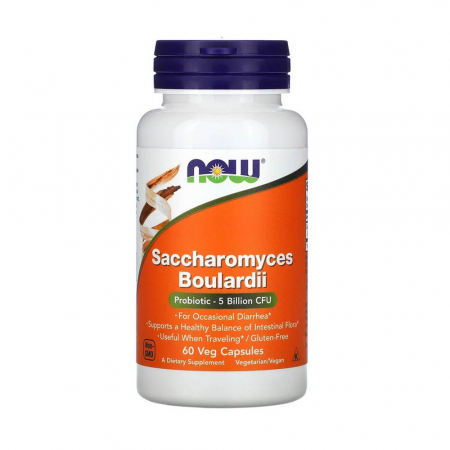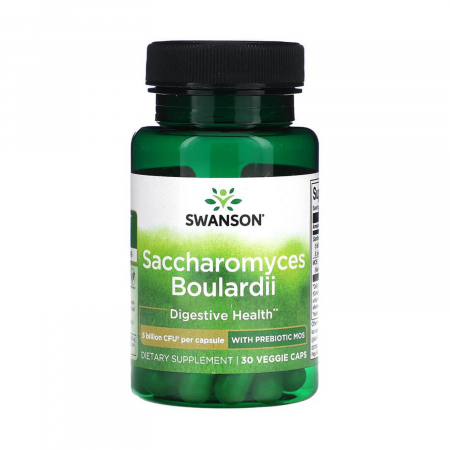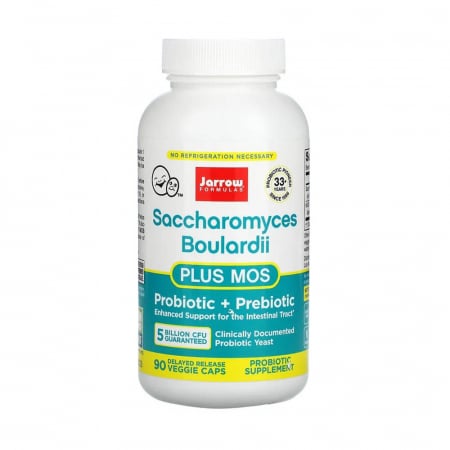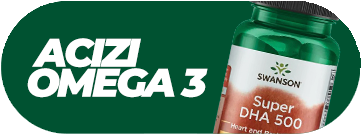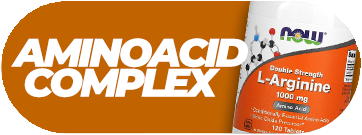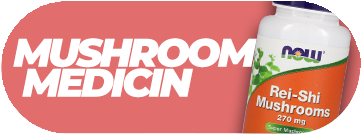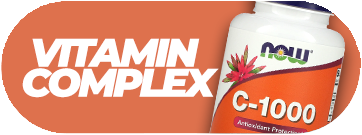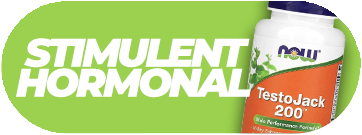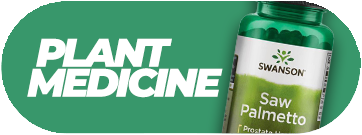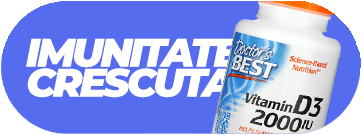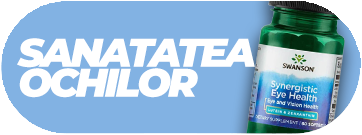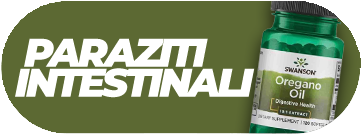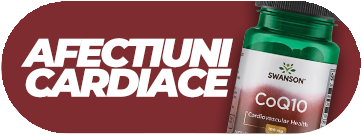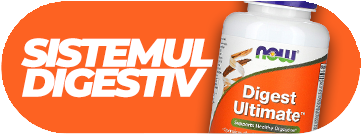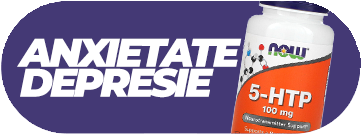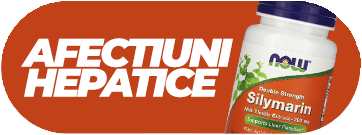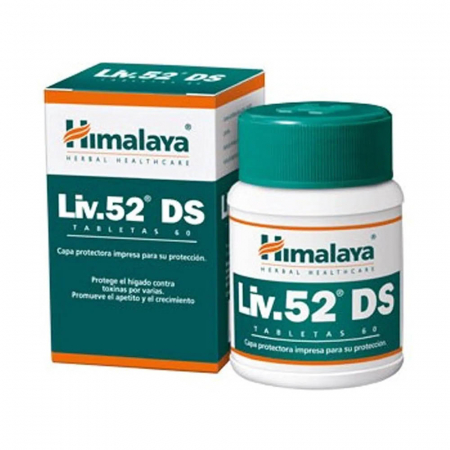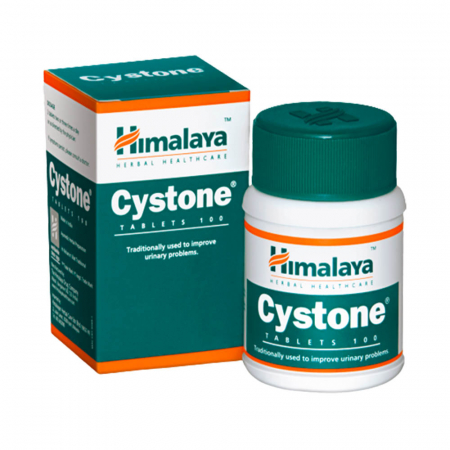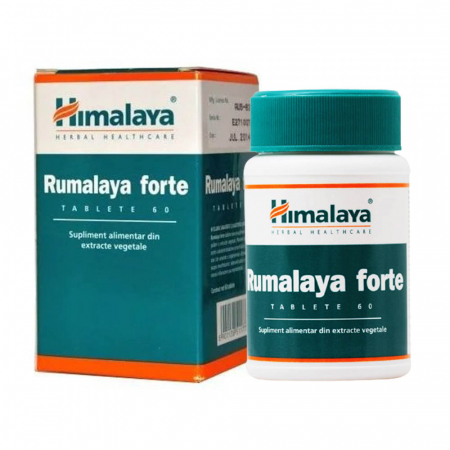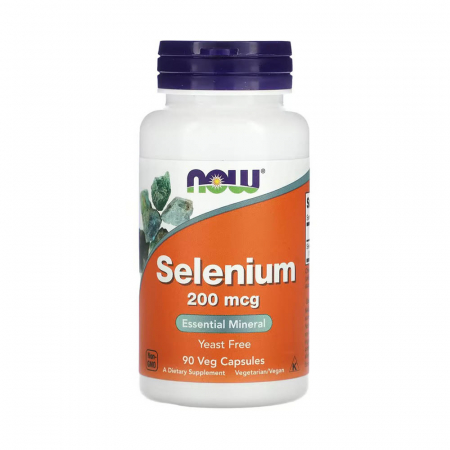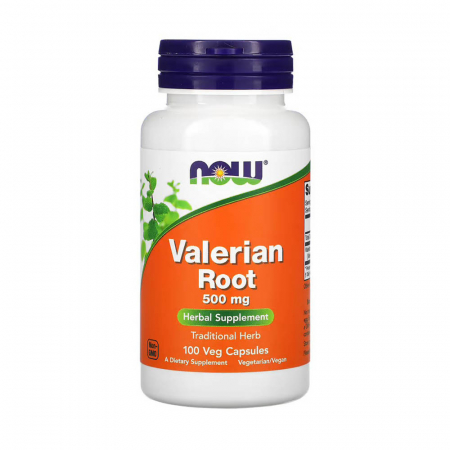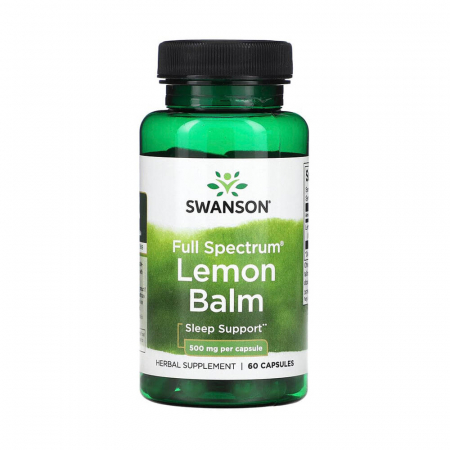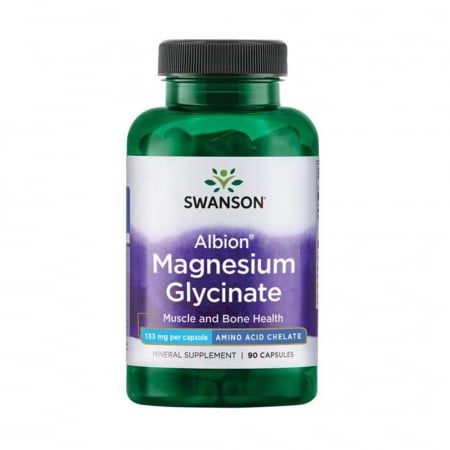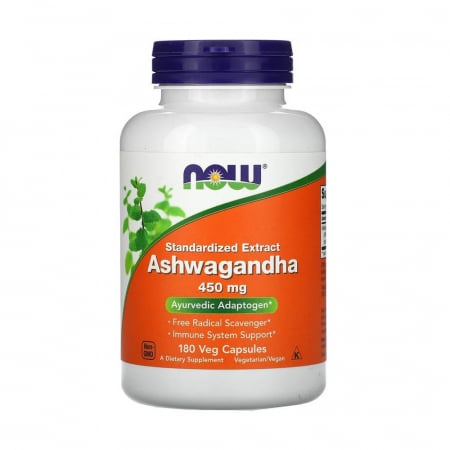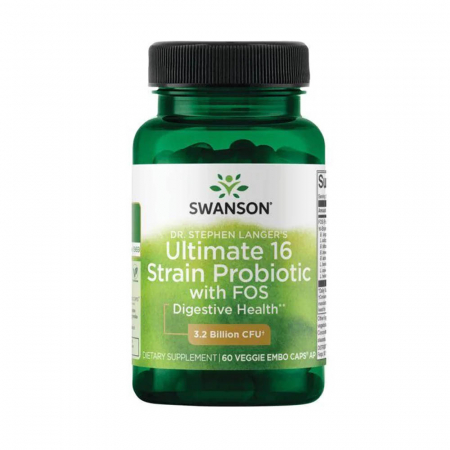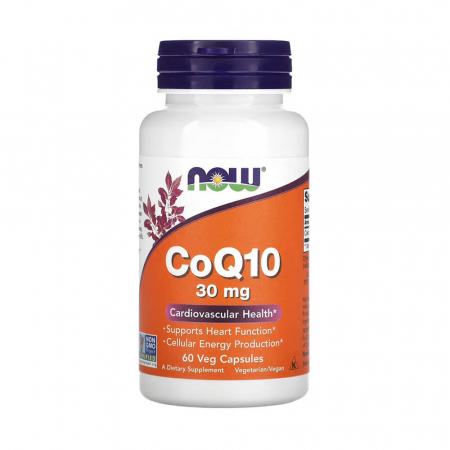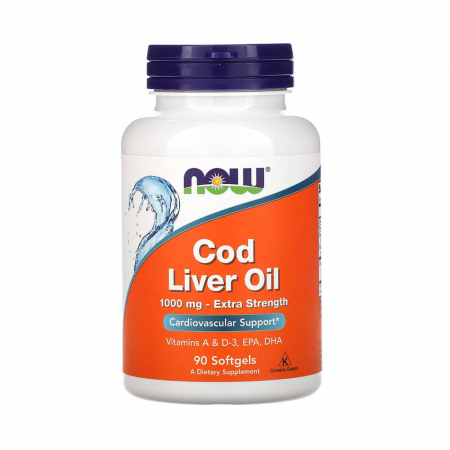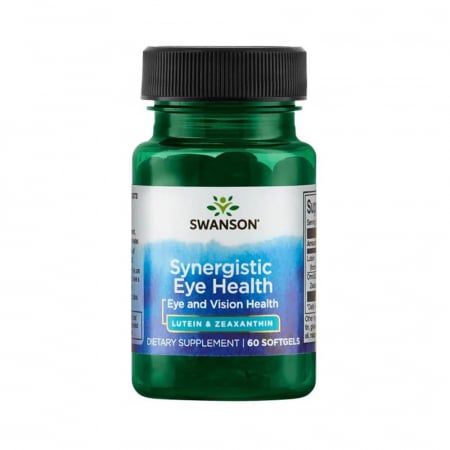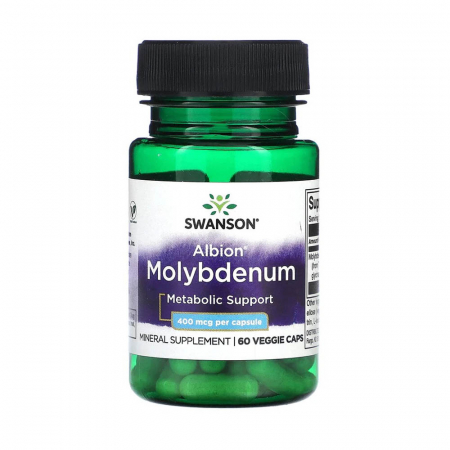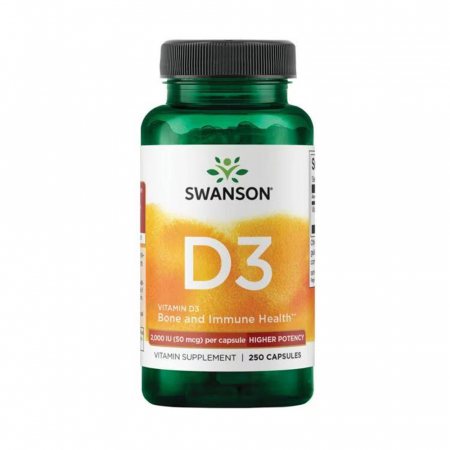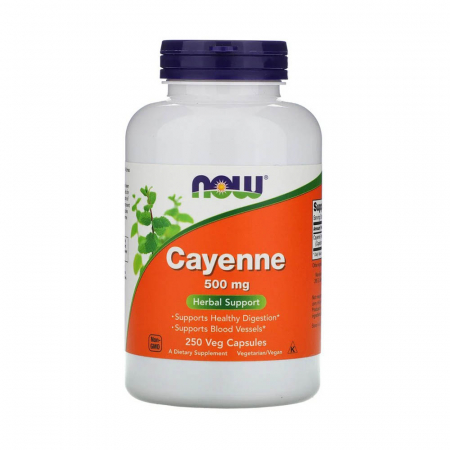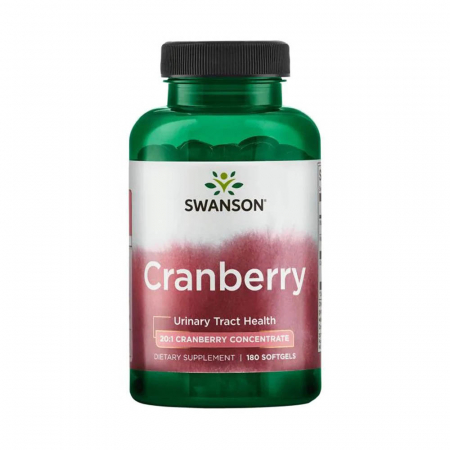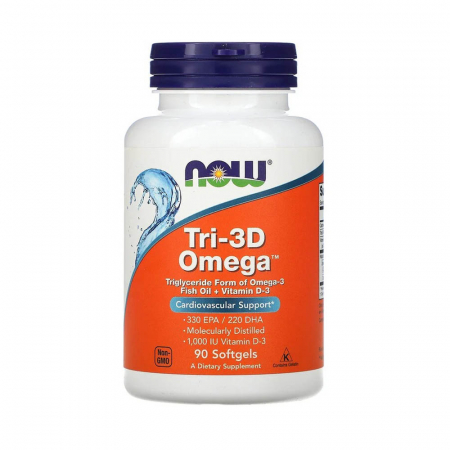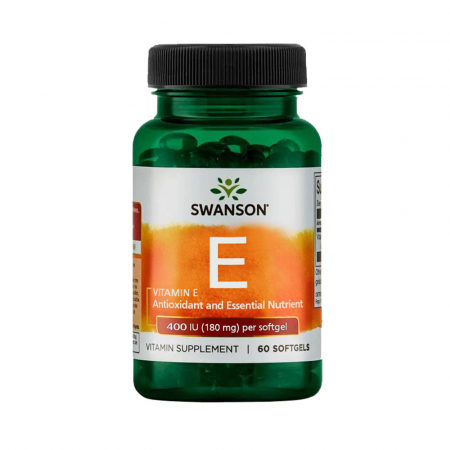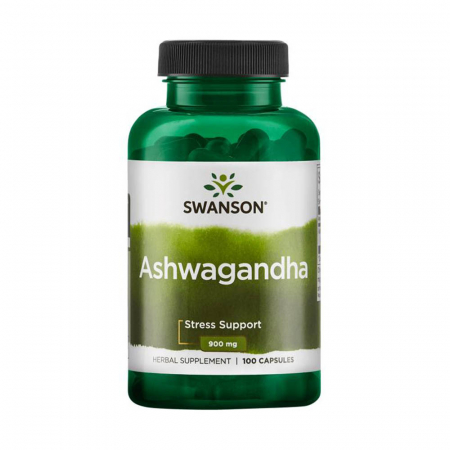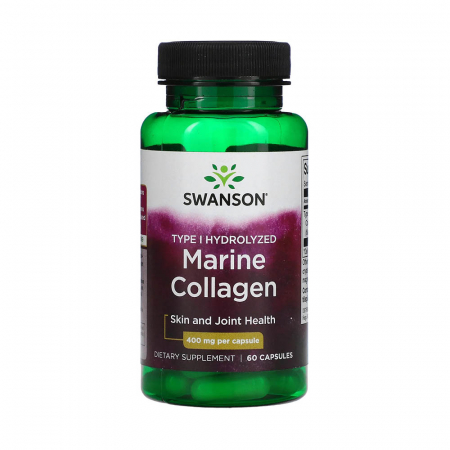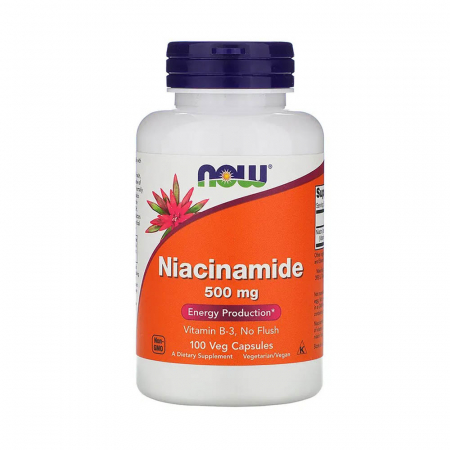Saccharomyces Boulardii
Display: 1-3 from 3 products
Filters
Now Foods
118,74 RON
from 94,99 RON
Saccharomyces Boulardii (Drojdie Probiotică) Now Foods, 60 capsule
Jarrow
242,63 RON
164,99 RON
Saccharomyces Boulardii Plus MOS, 5 Billion, Jarrow Formulas, 90 capsule
Saccharomices boulardii, probiotic yeast
Did you know that yeasts can be very good probiotics? Saccharomyces boulardii is a "friendly bacteria" that survives gastric acidity and helps maintain a balanced gut flora, supporting intestinal health.
Yeasts have a positive reputation through their use in the food industry, but also a negative one, being responsible for certain genitourinary infections, such as Candida albacantis. But few people know that certain yeasts are exceptional probiotics, and Saccheromyces boulardii is one such case.
The discovery of this yeast was made by French biologist Henri Boulard. In 1920, he made an expedition to South Asia to search for a heat-resistant strain of yeast to use in wine-making. Caught in the middle of a cholera outbreak, he noticed that indigenous populations were using the peels of tropical fruits to stop diarrhoea. Interested in the phenomenon, Henri Boulard studied the fruit and succeeded in isolating a new yeast - Saccheromyces boulardii - from the peel.
The new ingredient is now used as a probiotic and is recommended during periods of microflora overload, such as during travel and holidays.
Saccharomyces boulardii reaches an optimal level in about 3 days from the start of administration, but does not multiply in the intestine. Less than one per cent of the ingested dose is traceable to the stool, suggesting that constant administration is necessary to achieve lasting effects.
Modulation of mucus production by favouring the expression of genes encoding mucins, both secretory (those secreted/released into the intestinal lumen) and membranous (associated with the cell membranes of enterocytes).
Antimicrobial role through the dual action it exerts, acting both by its own production of antimicrobial factors and by stimulating the production of anti-infective peptides by host cells.
Probiotics have the ability to produce a broad spectrum of antimicrobial substances, such as short chain fatty acids (acetic, lactic), bacteriocins, H2O2, but also factors identified in studies and still incompletely characterized. With their help, probiotics are able to limit the proliferation, pathogenicity or even induce the death of pathogenic microorganisms.
The anti-infective peptides produced by human intestinal cells fall into two main classes, namely defensins and cathelicidins. Probiotics are capable of directly stimulating the production of beta-defensins, while the synthesis of cathelicidins is induced indirectly by the release of butyrate.
Limiting the adhesion of pathogenic bacteria due to the ability of probiotics to adhere to the intestinal epithelium.
A particular case is that of the probiotic S. boulardii, which does not produce an adhesion-inhibiting effect in vitro, but appears to produce such an effect in vivo. Saccharomyces boulardii acts distinctly from other probiotics, through non-competitive mechanisms (it does not block receptors involved in microbial adhesion). This probiotic yeast is able to produce molecules that intervene to block some of the virulence factors of pathogens.
Studies document an increase in the overall production of Ig A as well as pathogen-specific IgA as a result of interaction with probiotics. Beyond the anti-infective role, the main immunosuppressive mechanisms by which the gut provides tolerance to oral antigens are also mainly based on Ig A action.
Studies tend to argue for the superior ability to stimulate Ig A synthesis in formulations combining probiotics with prebiotics.
In addition to supporting the synthesis of type A immunoglobulins, probiotics have also been shown to modulate inflammatory processes and NK (natural killer) cell activity.
Probiotics are able to interfere with the host by increasing the efficiency of tight junctions and thus the barrier function of the intestinal mucosa by activating and stimulating the synthesis of proteins that make up this type of junction, reducing both the permeability induced by pathogenic microorganisms and that associated with the inflammatory process.
Toll-like receptors (TLRs) are receptors involved in the recognition of pathogens, which allow the non-specific immune system to rapidly recognize those molecular patterns associated with microorganisms (TMAMs), specific to pathogenic, potentially pathogenic, non-pathogenic or even more, commensal microorganisms, with beneficial effects on the body.
The interaction of these receptors with the microbiome is extremely complex. Under normal conditions, this interaction contributes to the barrier function and exerts a modulatory effect, helping to maintain intestinal homeostasis.
The enteric nervous system, the intrinsic nervous system of the digestive tract, is strongly interconnected with the CNS (central nervous system), coordinating the digestive tract in relation to both local and general (organism-wide) physiological requirements. The modulating effects of probiotics on enteric neuron activity have been demonstrated, proving the physiological interaction between enteric neurons and commensal microorganisms. This interaction could constitute the physiological mechanism by which the microbiome exerts a constant stimulation of immunomodulatory mechanisms fundamental for intestinal homeostasis.
Saccharomyces boulardii is particularly effective in the context of diarrhoea of various aetiologies: traveller's diarrhoea, post-antibiotic dysmicrobism and in other forms of diarrhoea.
The results of many studies that have followed the anti-diarrhoeal role of Saccharomyces boulardii show that S. boulardii reduces the risk of developing diarrhoea associated with post-antibiotic dysmicrobism by 57 to 63 percent.
The proposed mechanism is the reduction of the toxicity of clostridial toxins (produced by C. difficile bacteria) A and B by proteases synthesised by S. boulardii.
Oral administration of S. boulardii has also been shown to be beneficial in occasional acute diarrhoea.
Did you know that yeasts can be very good probiotics? Saccharomyces boulardii is a "friendly bacteria" that survives gastric acidity and helps maintain a balanced gut flora, supporting intestinal health.
PROBIOTICS IN YEAST
Yeasts have a positive reputation through their use in the food industry, but also a negative one, being responsible for certain genitourinary infections, such as Candida albacantis. But few people know that certain yeasts are exceptional probiotics, and Saccheromyces boulardii is one such case.
The discovery of this yeast was made by French biologist Henri Boulard. In 1920, he made an expedition to South Asia to search for a heat-resistant strain of yeast to use in wine-making. Caught in the middle of a cholera outbreak, he noticed that indigenous populations were using the peels of tropical fruits to stop diarrhoea. Interested in the phenomenon, Henri Boulard studied the fruit and succeeded in isolating a new yeast - Saccheromyces boulardii - from the peel.
The new ingredient is now used as a probiotic and is recommended during periods of microflora overload, such as during travel and holidays.
Saccharomyces boulardii reaches an optimal level in about 3 days from the start of administration, but does not multiply in the intestine. Less than one per cent of the ingested dose is traceable to the stool, suggesting that constant administration is necessary to achieve lasting effects.
MECHANISMS OF ACTION OF SACCHAROMYCES BOULARDII
Modulation of mucus production by favouring the expression of genes encoding mucins, both secretory (those secreted/released into the intestinal lumen) and membranous (associated with the cell membranes of enterocytes).
Antimicrobial role through the dual action it exerts, acting both by its own production of antimicrobial factors and by stimulating the production of anti-infective peptides by host cells.
Probiotics have the ability to produce a broad spectrum of antimicrobial substances, such as short chain fatty acids (acetic, lactic), bacteriocins, H2O2, but also factors identified in studies and still incompletely characterized. With their help, probiotics are able to limit the proliferation, pathogenicity or even induce the death of pathogenic microorganisms.
The anti-infective peptides produced by human intestinal cells fall into two main classes, namely defensins and cathelicidins. Probiotics are capable of directly stimulating the production of beta-defensins, while the synthesis of cathelicidins is induced indirectly by the release of butyrate.
Limiting the adhesion of pathogenic bacteria due to the ability of probiotics to adhere to the intestinal epithelium.
A particular case is that of the probiotic S. boulardii, which does not produce an adhesion-inhibiting effect in vitro, but appears to produce such an effect in vivo. Saccharomyces boulardii acts distinctly from other probiotics, through non-competitive mechanisms (it does not block receptors involved in microbial adhesion). This probiotic yeast is able to produce molecules that intervene to block some of the virulence factors of pathogens.
STIMULATION OF THE SYNTHESIS OF IMMUNOGLOBULIN TYPE A
Studies document an increase in the overall production of Ig A as well as pathogen-specific IgA as a result of interaction with probiotics. Beyond the anti-infective role, the main immunosuppressive mechanisms by which the gut provides tolerance to oral antigens are also mainly based on Ig A action.
Studies tend to argue for the superior ability to stimulate Ig A synthesis in formulations combining probiotics with prebiotics.
In addition to supporting the synthesis of type A immunoglobulins, probiotics have also been shown to modulate inflammatory processes and NK (natural killer) cell activity.
ACTION AT TIGHT JUNCTIONS
Probiotics are able to interfere with the host by increasing the efficiency of tight junctions and thus the barrier function of the intestinal mucosa by activating and stimulating the synthesis of proteins that make up this type of junction, reducing both the permeability induced by pathogenic microorganisms and that associated with the inflammatory process.
INTERACTION WITH TOLL-LIKE RECEPTORS AND SNE (ENTERIC NERVOUS SYSTEM)
Toll-like receptors (TLRs) are receptors involved in the recognition of pathogens, which allow the non-specific immune system to rapidly recognize those molecular patterns associated with microorganisms (TMAMs), specific to pathogenic, potentially pathogenic, non-pathogenic or even more, commensal microorganisms, with beneficial effects on the body.
The interaction of these receptors with the microbiome is extremely complex. Under normal conditions, this interaction contributes to the barrier function and exerts a modulatory effect, helping to maintain intestinal homeostasis.
The enteric nervous system, the intrinsic nervous system of the digestive tract, is strongly interconnected with the CNS (central nervous system), coordinating the digestive tract in relation to both local and general (organism-wide) physiological requirements. The modulating effects of probiotics on enteric neuron activity have been demonstrated, proving the physiological interaction between enteric neurons and commensal microorganisms. This interaction could constitute the physiological mechanism by which the microbiome exerts a constant stimulation of immunomodulatory mechanisms fundamental for intestinal homeostasis.
STUDIES SHOW THE ROLE OF SACCHAROMYCES BOULARDII IN: OCCASIONAL DIARRHEA
Saccharomyces boulardii is particularly effective in the context of diarrhoea of various aetiologies: traveller's diarrhoea, post-antibiotic dysmicrobism and in other forms of diarrhoea.
The results of many studies that have followed the anti-diarrhoeal role of Saccharomyces boulardii show that S. boulardii reduces the risk of developing diarrhoea associated with post-antibiotic dysmicrobism by 57 to 63 percent.
The proposed mechanism is the reduction of the toxicity of clostridial toxins (produced by C. difficile bacteria) A and B by proteases synthesised by S. boulardii.
Oral administration of S. boulardii has also been shown to be beneficial in occasional acute diarrhoea.
PRODUCT CATEGORIES
CATEGORIES OF DISEASES
Customer Support Monday - Friday: 09:00 - 16:00
0764710771 0316304093 contact@suplimenteoriginale.ro
